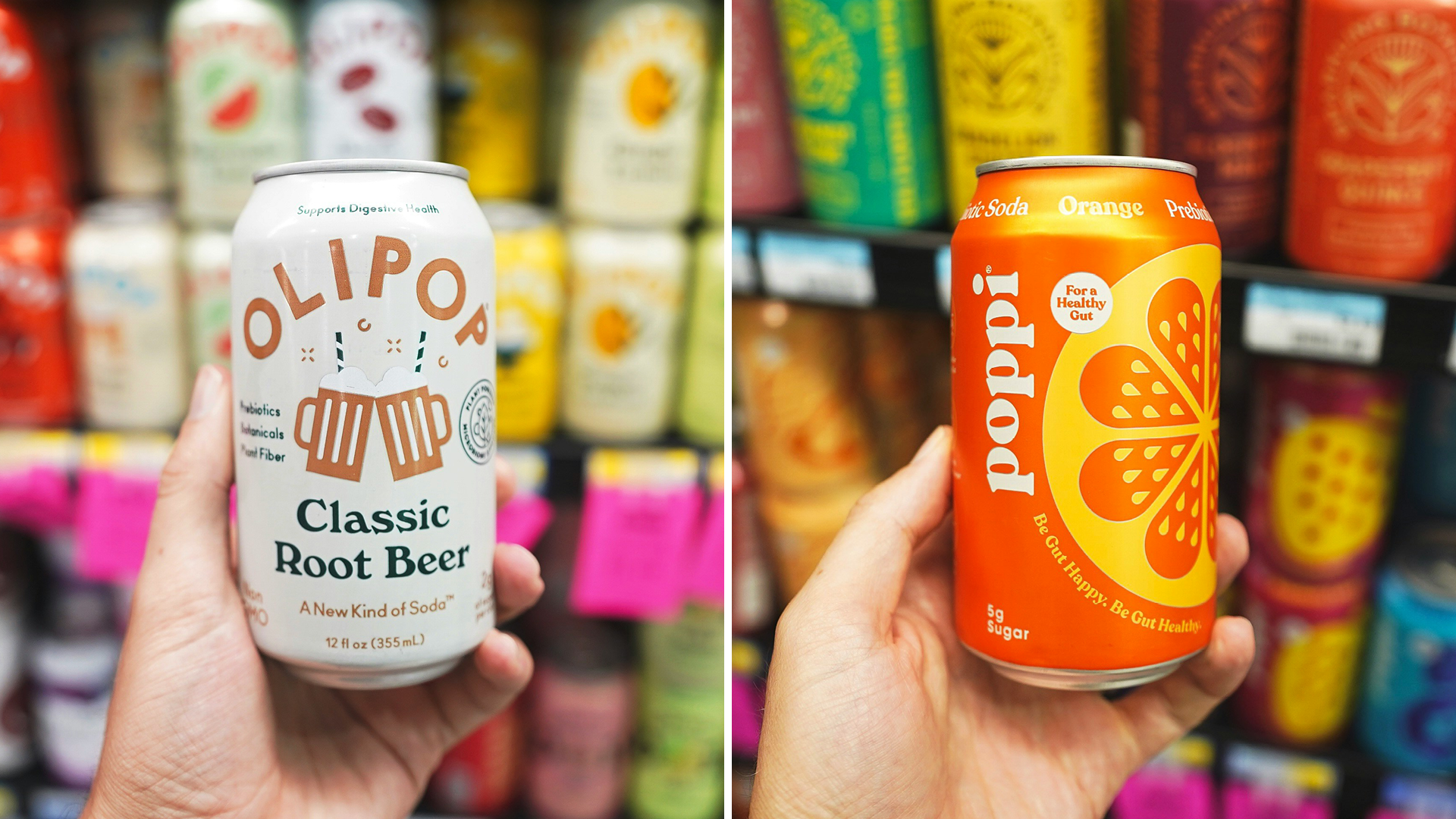Frozen food experienced significant growth throughout the pandemic, and demand for the category remains sticky.
Data suggest that the popularity will linger in the long term, as consumer shopping patterns continue to favor the convenience that frozen foods provide.
FoodieKid CEO Christine Topalian Agha saw revenue for her Simple Starters, a line of flash-frozen organic baby meals, double in 2020, for example.
“Retailers are very excited about innovation in frozen,” Topalian Agha said.
Migration to Online Shopping
U.S. frozen food sales rose 21% from a year ago, to $65.1 billion, with online sales in the sector increasing 75% in 2020. Nearly half, or 42 percent, of households that buy frozen foods bought them online over the past year, reported Forbes. (June 1)
In the same year, grocery e-commerce sales increased 84%, according to a report from IRI and 210 Analytics. Research also shows that the core online grocery shoppers are older Millennials and younger Gen X-ers, many of whom are parents.
Health and Convenience
The top three purchase drivers for frozen foods are ease of preparation, being a quick total meal solution, and time savings, according to a report by the American Frozen Food Institute.
Furthermore, 74% of frozen food shoppers put some effort into selecting healthy food options.
“2018 was the first time there was real growth in frozen since 2013, and this was largely due to millennial purchases,” Topalian Agha said. “It’s a health-conscious generation that is ‘going back to basics’ with food, but they need convenience and sustainability on top of nutrition.”
Retailers Expand Offerings
With key category drivers showing traction in the long-term, retailers are stepping up to meet demand. Pharmacies like CVS are expanding their frozen food selections, while companies with private label offerings, like Amazon, are pivoting to include more frozen items, reported Forbes.
As pandemic restrictions ease, retailers are also forming new product partnerships. Topalian Agha noted that her Simple Starters line will be available in 70 new stores over the next three months.
“I do believe that millennials will continue to push the popularity of frozen,” Topalian Agha said. “Frozen and prepared foods easily check the box with convenience and less waste, and we know that people are now seeing the nutritional benefits of frozen, as well.”












